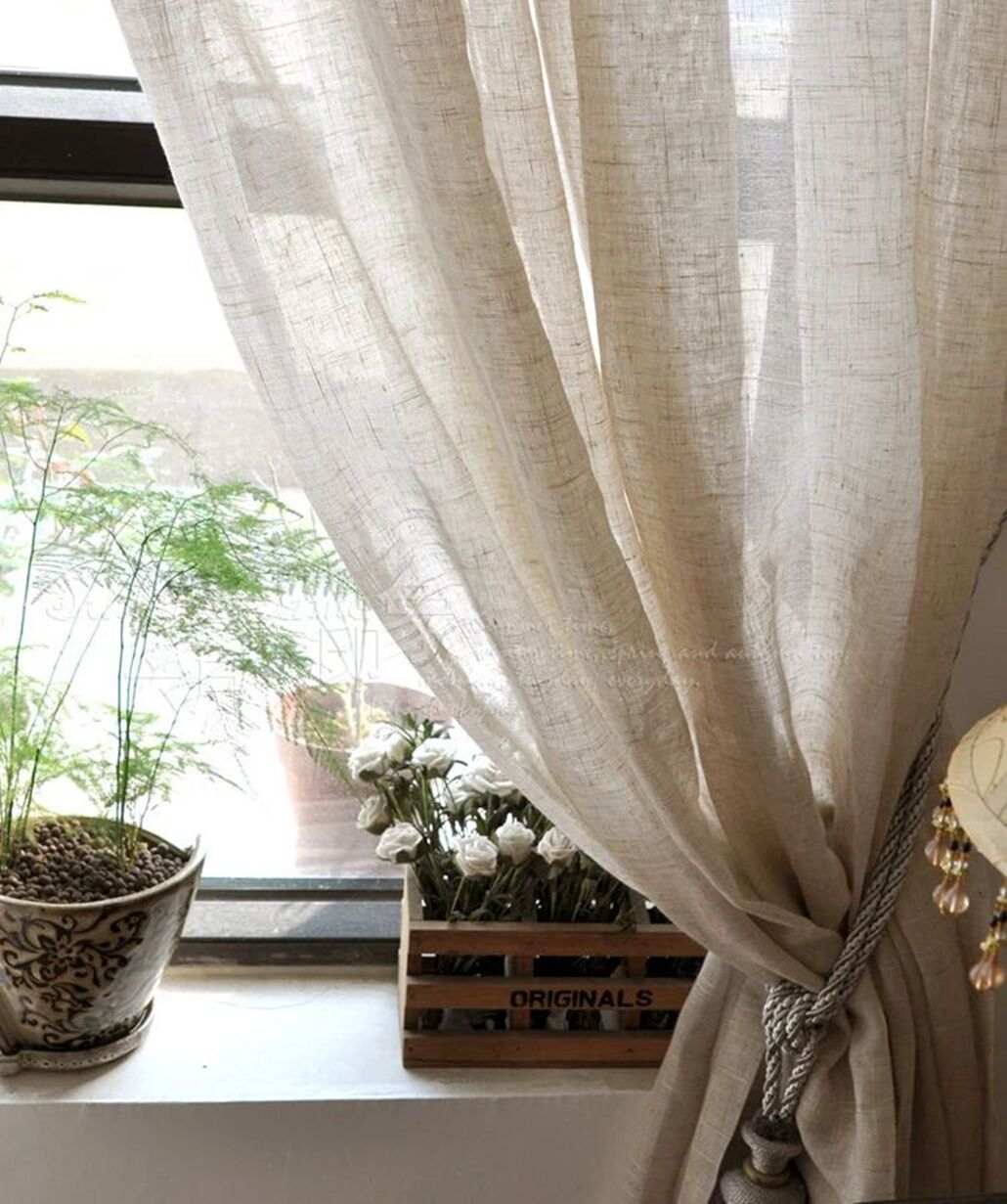What is a sheer curtain for?
Sheer curtains are designed to soften natural light, add privacy without total darkness, and enhance room aesthetics. They filter harsh sunlight, create an airy ambiance, and act as a base layer for layered window treatments.
Can you see into sheer curtains?
During the day, outdoor observers see blurred silhouettes but not clear details. At night, with indoor lights on, visibility increases. For privacy:
Layer sheers with blackout curtains.
Choose tighter weaves or patterned sheers.
What fabric is a sheer curtain?
Common sheer fabrics include:
Voile: Lightweight, crisp cotton or polyester.
Chiffon: Delicate, flowing polyester or silk.
Linen: Semi-sheer, textured natural fibers.
Polyester blends: Affordable, wrinkle-resistant.
What are the pros and cons of sheer curtains?
|
Pros |
Cons |
|
Softens harsh sunlight |
Limited privacy at night |
|
Enhances room texture |
Dust accumulation |
|
Affordable & versatile |
Fades in direct UV light |
Are window sheers outdated?
No! Sheers are timeless and evolving:
Modern styles include textured linen sheers or geometric-patterned voile.
Layered with bold drapes or smart blinds, they align with 2025’s “light-filtering luxury” trend.
What is the best color for sheer curtains?
White/ivory: Classic, brightens rooms, and pairs with any decor.
Neutral tones (beige, gray): Blend seamlessly for minimalist spaces.
Pastels (blush, sage): Add subtle color without overwhelming.
Key Take aways
Function First: Use sheers to balance light and privacy.
Fabric Matters: Linen sheers add texture; polyester resists wrinkles.
Layering Hack: Combine with blackout panels for day-night versatility.





